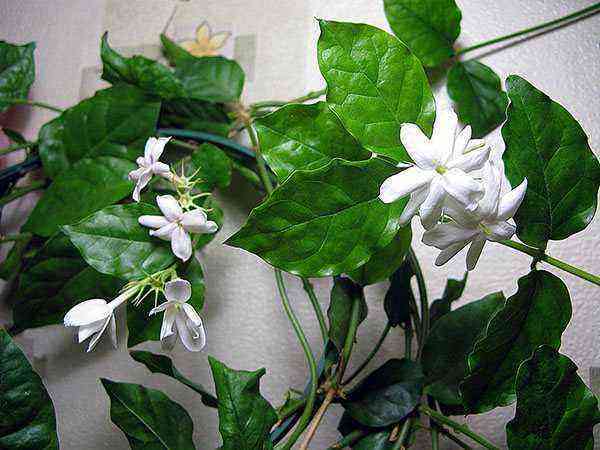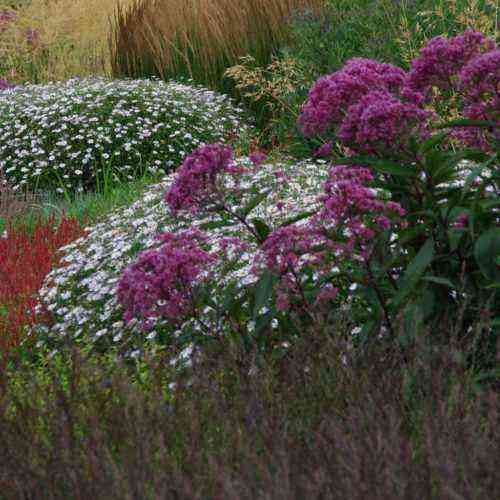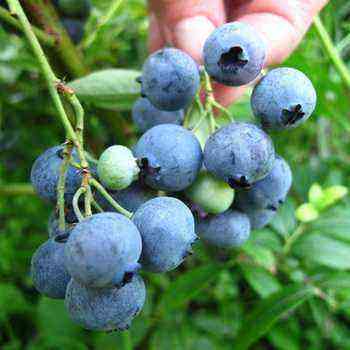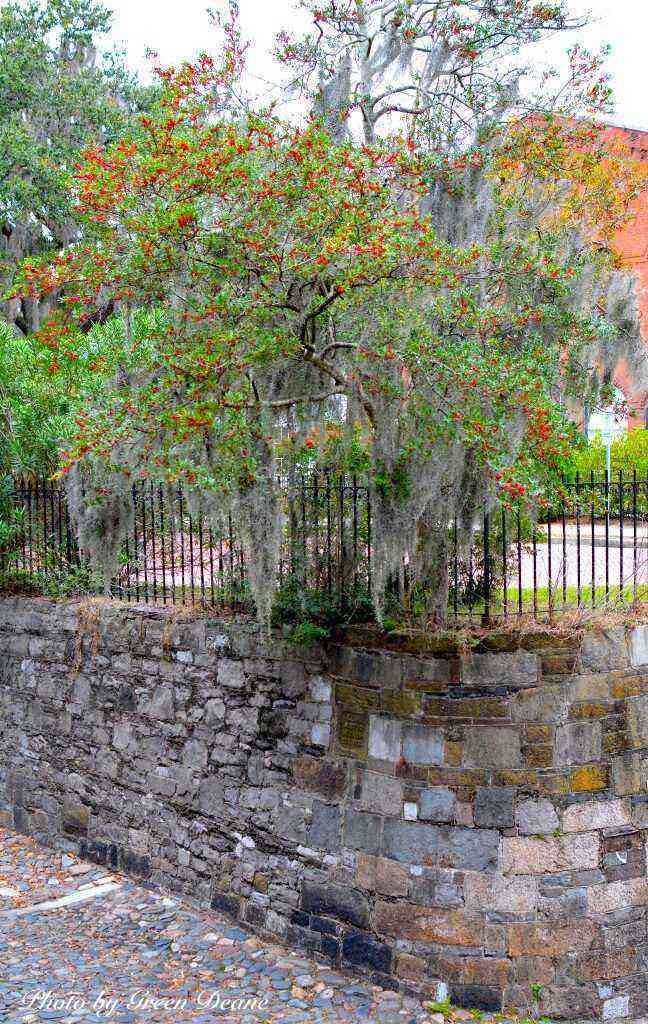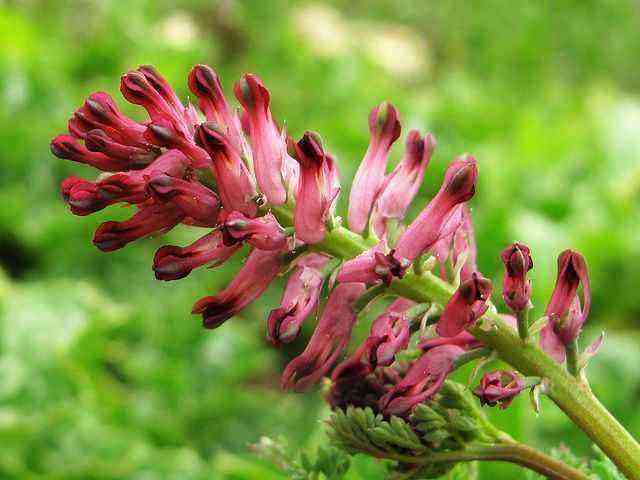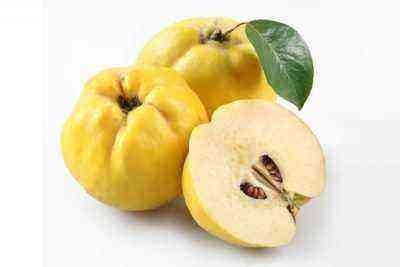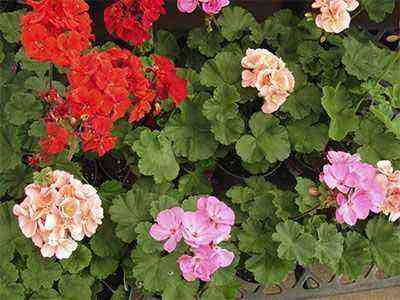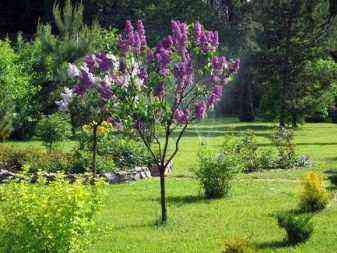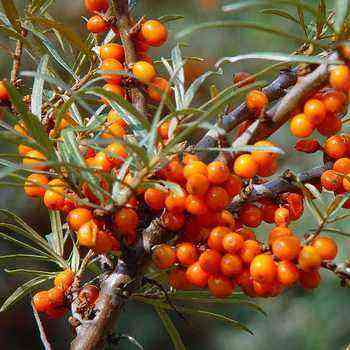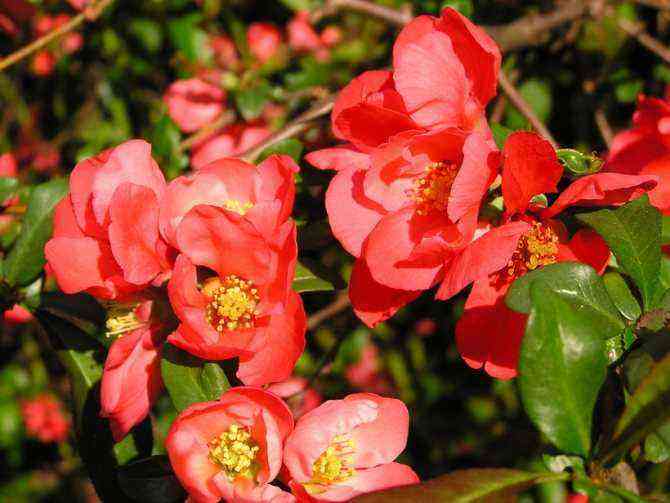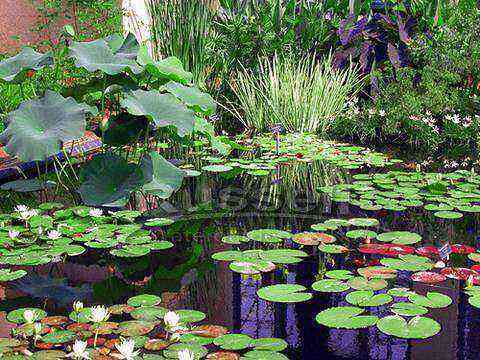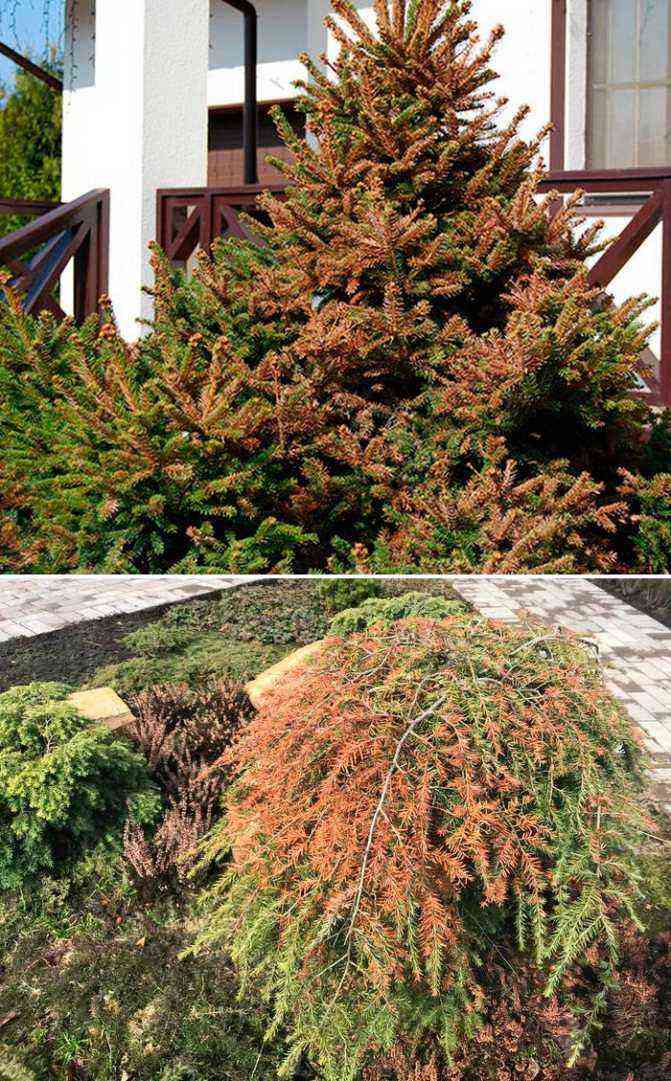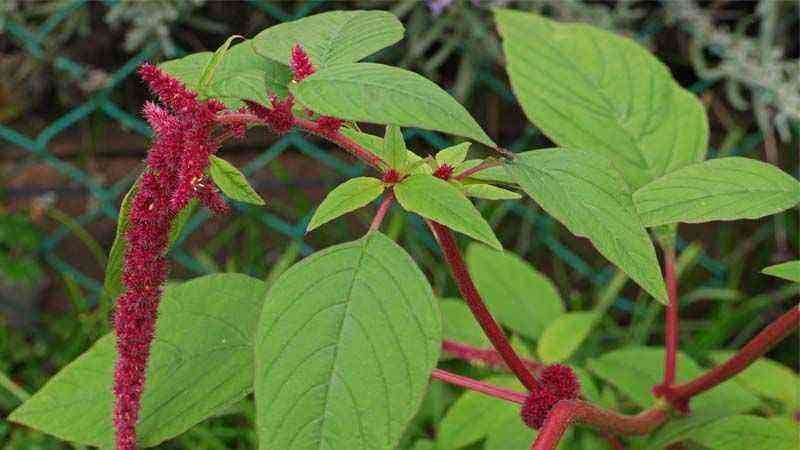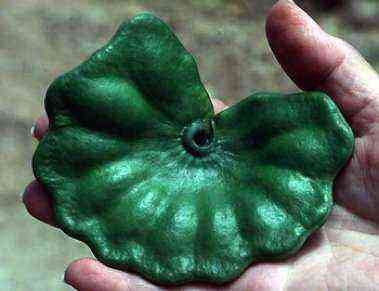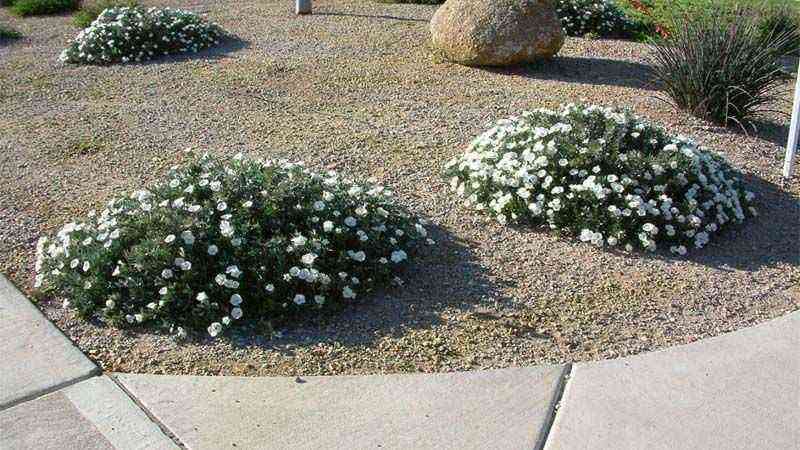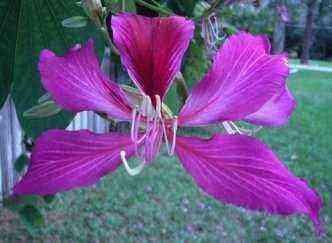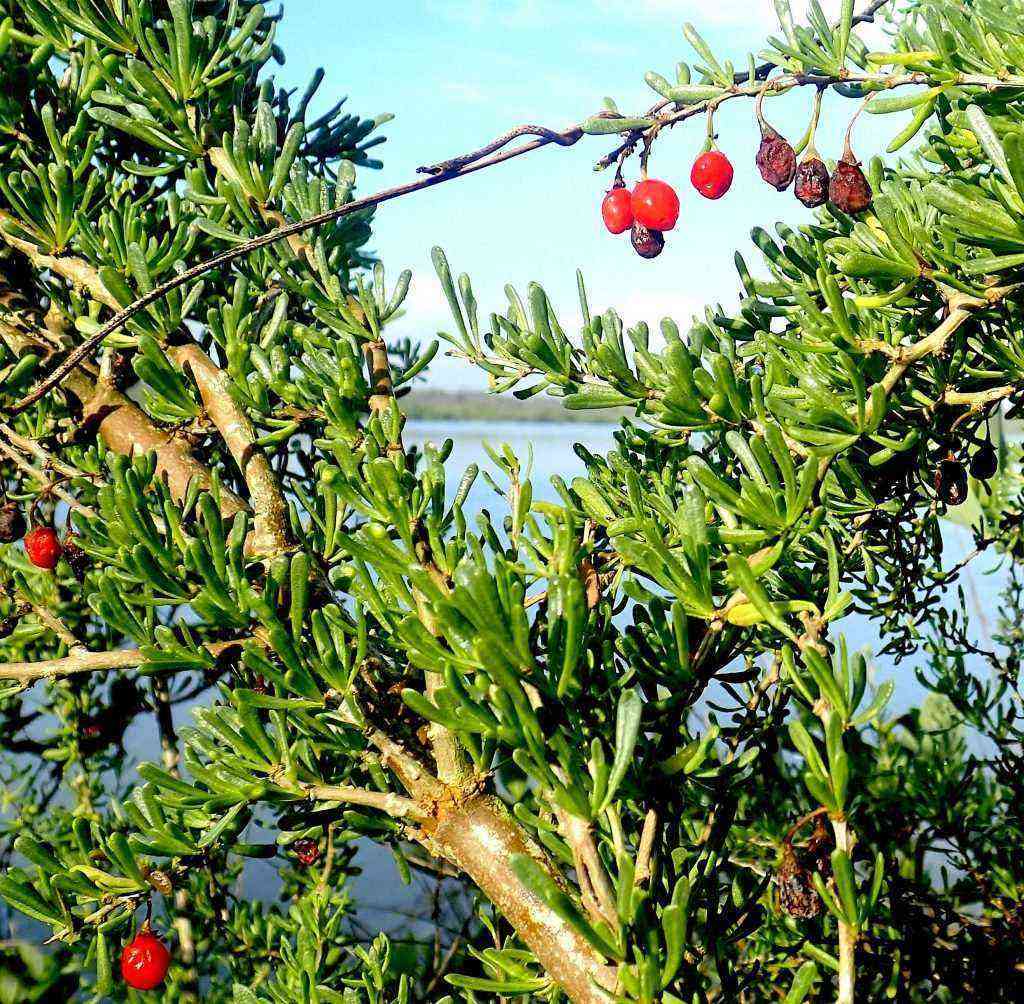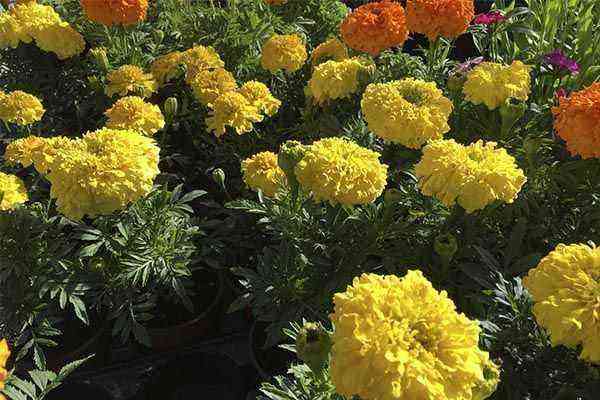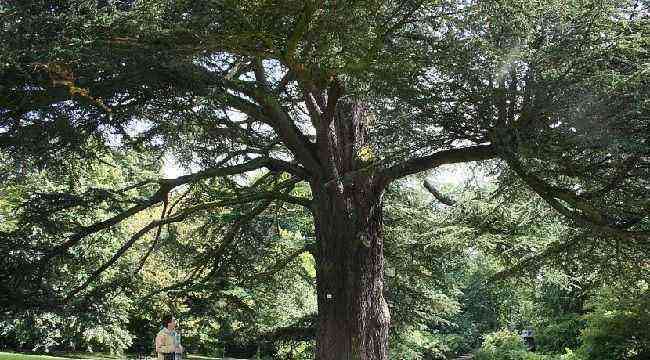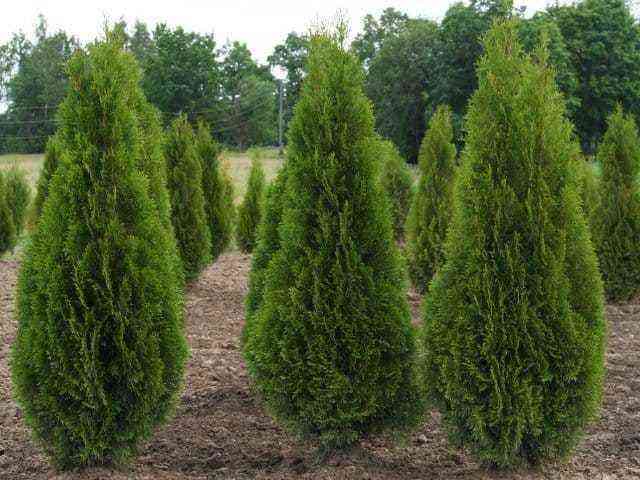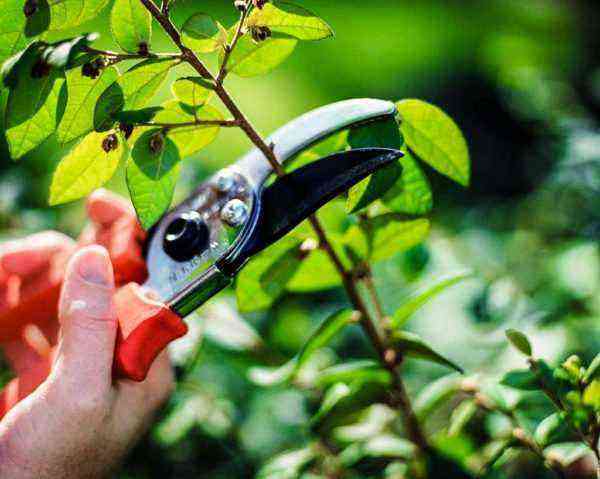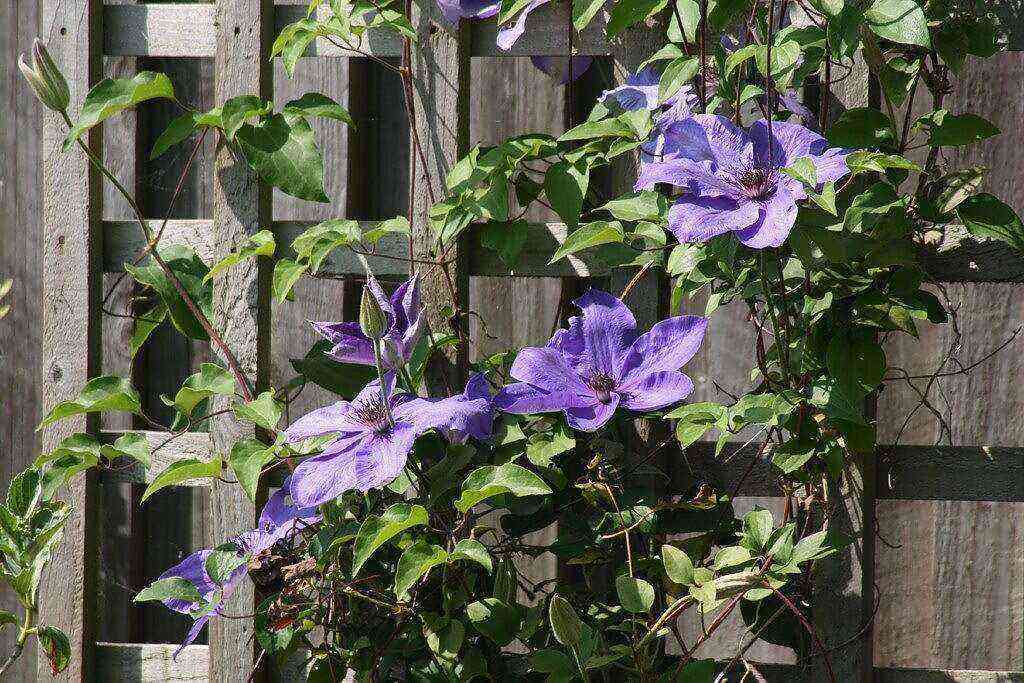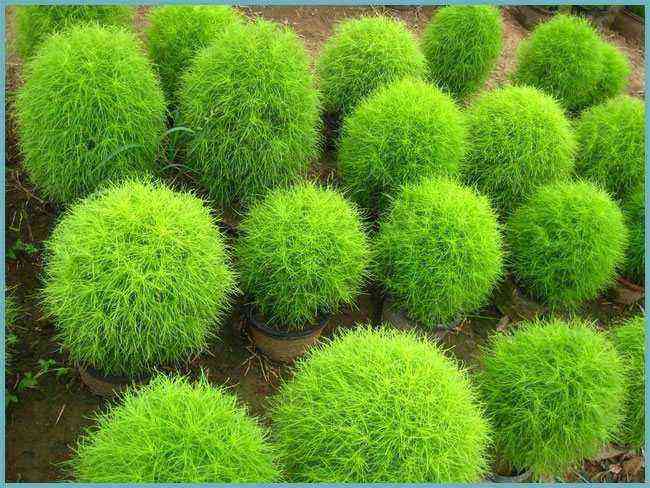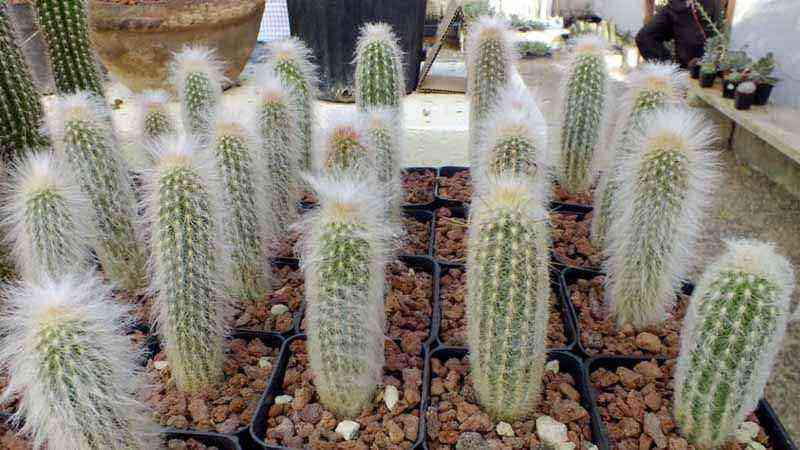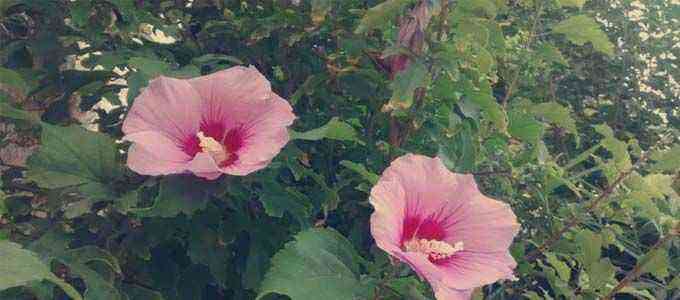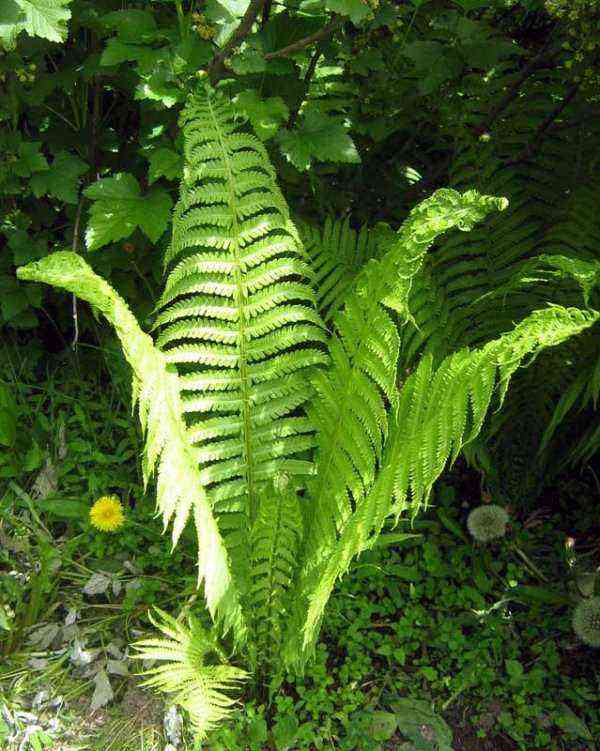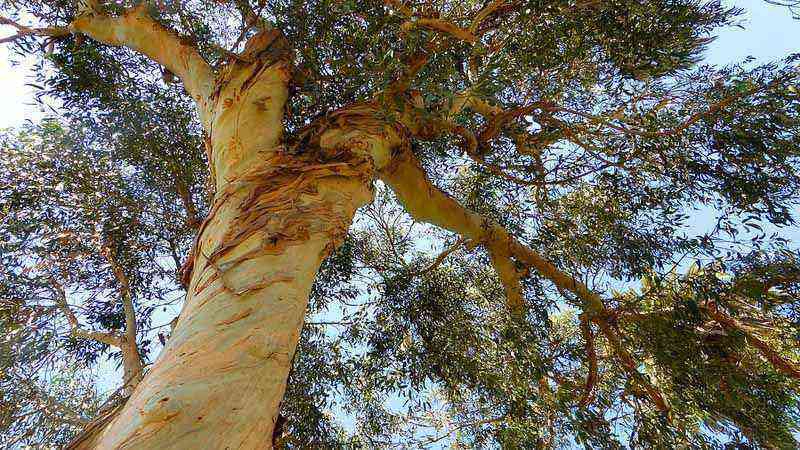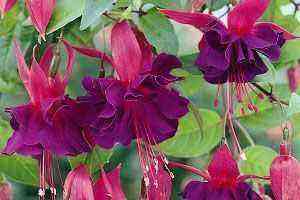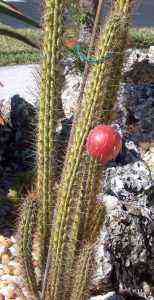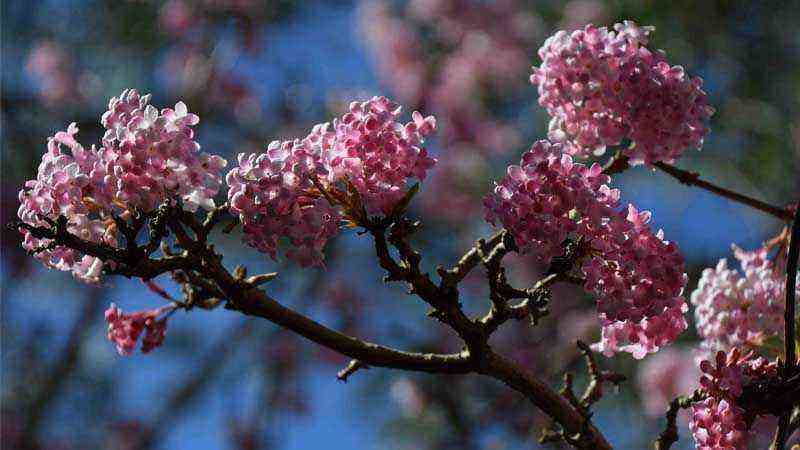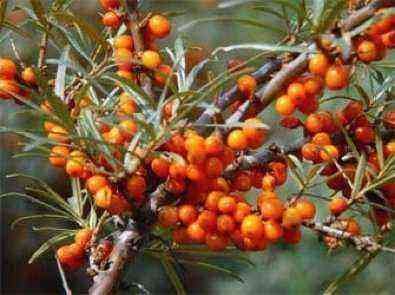Description of the variety of loosestrife
It is a herbaceous perennial plant that prefers moist soil enriched with nutrients. Under natural conditions, the culture grows near swamps and water bodies. In height, it reaches 80-200 cm.
The plant is characterized by a tetrahedral stem with hard villi. The roots are treelike and fairly thick. The leaves are elongated and reach 10 cm. In appearance, they resemble willow. In summer, the greens have an emerald hue, in autumn they turn crimson.
The flowers are star-shaped. They form spike-shaped inflorescences. Flowering begins in the second half of summer. After wilting, fruits appear in the form of capsules, which include many small seeds.
Reproduction by a vegetative method
The loosestrife can reproduce in several ways:
- reproduction using seeds;
- distribution of cuttings;
- division of the bush.
If you want to get a new and high-quality plant, then you should do it by dividing the bush. This method can be applied both in autumn and spring. This plant has a powerful root, so it is worth using a shovel to separate it. In this case, the bushes should be divided into two or three parts, and at the same time leave a strong root on each of the neoplasms.
If you separate only small parts of the loosestrife, then this is bad, since the separated plant will take a very long time to adapt and may not take root at all. This method of reproduction is very difficult, since this culture is large, it is difficult to dig it out. An alternative for vegetative propagation is the separation of cuttings that are located near the root. Under the hood, these pieces can take root very well.
Classification
The willow loosestrife is one of the most unpretentious crops. It can withstand adverse weather conditions. Before planting in the garden, it is worthwhile to study the photo and description of the willow bush.
Popular crop varieties include the following:
- Robert. The shrub is small and does not exceed 0,5-0,6 m. The flowers are coral in color. Swirl. This is an airy translucent plant that has delicate lilac-lilac inflorescences.
- Lady Sackville. This variety is characterized by textured bushes. They are usually planted in the background. The flowers are pink and crimson.
- Gypsy blood. The bushes reach 1,2 m and have bright emerald greenery. They are decorated with purple-pink flowers.
- Pink pearls. The bush reaches 120 cm. It is decorated with dense crimson inflorescences.
- Candle fire. The culture is characterized by green leaves and dark purple inflorescences.
Loosestrife in flower beds
The plant can be used in various mixborders, the loosestrife goes well with phloxes, astilbe, daylilies, dahlias, monards, geleniums, stethosis, tradescantia and cereals. Foxglove, irises, delphinium, aconite, goldenrod, lemon balm, hyssop and rudbeckia can make a good company in the beds of plakun-grass. The loosestrife has a special charm in ceremonial compositions with roses.
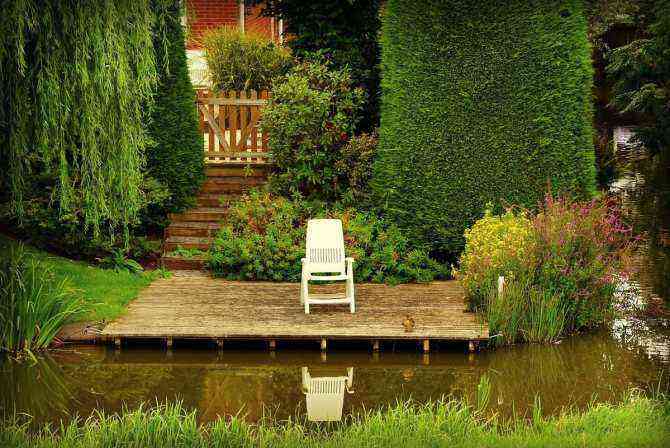
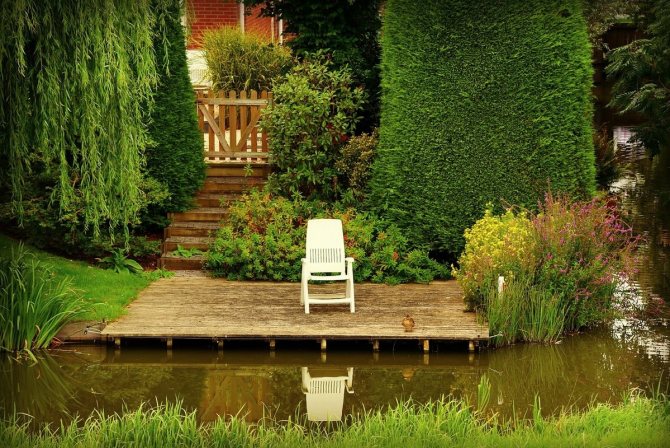
As you can see, the loosestrife grows into a fairly voluminous bush and gives abundant self-seeding. In a garden of a free, natural style, this behavior of a plant is welcome, but if the growth of plakun-grass throughout the site is undesirable, you should monitor the inflorescences and remove wilted specimens in time. And since it easily sprouts in nature, then you can quite easily grow a loosestrife from seeds at home, and decorate your sunny flower beds with this magnificent honey plant.
The medicinal properties of willow loosestrife
Culture contains many valuable components. It is with them that the medicinal properties of willow loaf are associated. The plant has a diuretic effect, stops bleeding, copes with bacteria, produces a calming effect, relieves inflammation and relieves cramps.
The use of willow loosestrife helps to achieve the following effects:
Normalize the work of the digestive organs, cope with pain and inflammation, destroy pathogenic bacteria.
Relieve spasms of cerebral vessels, cope with headaches.
Remove harmful substances from the body. The herb is used for snake and tick bites. The composition helps to avoid brain inflammation caused by infection with encephalitis.
Strengthen the heart. The loosestrife has a beneficial effect on the body’s work with arrhythmias and tachycardia. It is used to prevent heart attack.
- Strengthens blood vessels. The composition helps to avoid strokes;
- Promotes healing of wounds, burns, frostbite;
- Copes with hemorrhoids;
- Eliminates weakness;
- Restores joints;
- Helps to cope with sexually transmitted diseases.
Reproduction by seeds
The willow bush is capable of independent reproduction. If you use the seed propagation method, then the flowering of the culture will be beautiful. The seeds themselves must be sown either by seedlings or directly into the ground. Landing is necessary closer to winter, because in this way it will be possible to carry out stratification.


To get high-quality loosestrife seedlings, the seeds must be planted in the month of March. If you nevertheless choose this method of reproduction, then it is worth resorting to the use of an additional type of nutrient substrate.
When planting in the ground, the seeds do not need to be tightly covered, they should be covered with soil, at the right time they can germinate without any difficulty. Such germination should take place under a certain glass or film cover. In this case, the temperature should be at least 15 degrees. The so-called young seedlings are grown before the third true leaf appears on them. After that, each plant must be planted in a separate container.
Popular: Two-meter bunches of medinilla from the Melastomov family
It is necessary to clearly calculate the period of transferring seedlings to open soil. In this case, you must be completely sure that there will be no more frost. Otherwise, the seedlings will freeze and have no positive effect. When planted on open ground, the distance between the specimens should be about 30 cm. The plant that came from the seeds will begin to bloom after two to three years.
Reproduction and planting
You can propagate a culture in different ways. Most often this is done by dividing the bush or by seed.
Division of the bush
This is a rather complicated method. It is used for young plants. To carry out the procedure, you need to do the following:
- make planting grooves in spring or autumn;
- put a thick layer of compost on the bottom;
- split the root with an ax;
- immediately drop the divided fragments into a permanent place;
- when planting between bushes, adhere to a distance of 40 cm.
Growing seedlings of loosestrife Pink pearls
Sowing seeds for seedlings is carried out in February-March. The prepared container is filled with a loose fertile substrate. Seeds are laid out on the surface of the soil, covered with a layer of soil of 2-3 mm. The landing box is covered with glass or plastic wrap, put in a bright place, and regularly ventilated.
At an optimum temperature of 15-18 ° C, the seeds germinate in 20-30 days, the polyethylene is removed. In the phase of 2-3 true leaves, the seedlings dive into separate small pots. Young seedlings are planted in open ground in May.
Tips for caring for weeping grass
In order for the willow weaver to develop normally, it needs to be provided with full care.
Watering and feeding
The plant is very hygrophilous. Therefore, it needs to be watered systematically. However, the plakun-grass tolerates temporary drought normally. In hot weather, it is watered 2 times a week. On ordinary warm days, the soil should be moistened every 7-10 days.
Fertilizers should be applied before the inflorescences appear. For this, it is recommended to use formulations with a low nitrogen content. Excessive amount of the substance causes lodging of the stems.
Pruning of bushes
The plant has a tendency to self-seeding. Therefore, before ripening the fruit, you should get rid of the peduncles.
The next time the plant is pruned in March or late October. In this case, it is worth removing the dried ground part. In the spring, the stems are shortened by 20 cm. This ensures the full development of lateral shoots.
Diseases and pests of loosestrife
Loosestrife rarely suffers from disease or pest attacks. Sometimes the bushes are affected by aphids. If the plant is planned to be used as a medicinal raw material, the use of chemicals is prohibited. In this case, use a soap or tobacco solution. A decoction of garlic or onions is also suitable.
In case of severe damage, insecticides cannot be dispensed with. The most effective drugs include Trichopol, Aktofit, Intavir.
Reproduction of loosestrife, care and cultivation features
Plakun-grass can be propagated by seeds, cuttings, or, which is easiest, by rhizomes. When planting seeds in the soil, they must be stratified in the cold, or planted before winter, then stratification will take place in natural conditions. However, with this method of reproduction, the varietal characteristics of the flower may not be preserved.
Propagation by cuttings is carried out in the middle of summer. In the first half of July, root cuttings are harvested, preserving 4-6 leaves. The cuttings are placed under a film in the ground, and in the fall they are transplanted to a permanent place.
The division of the rhizome is carried out in the fall or early spring. The selected part of the rhizome, together with the stems, is placed in a permanent place in the ground. In this case, there must be a distance of at least 40 cm between the plants.
Since the loosestrife prefers humid habitats, it is worth considering this when choosing a place for its planting. The plant is light-loving. Do not place it in a too open, blown place. The long stems of the plant can not withstand heavy flower stalks and break under the gusts of the wind.
The planting pit must be well fertilized with rotted compost or fresh humus. To reduce evaporation from the soil surface, mulch the ground around the plant. The addition of high-moor peat to the ground worked well. Peat has a water-holding capacity, which will allow the plump grass to receive the water it needs for a longer time.
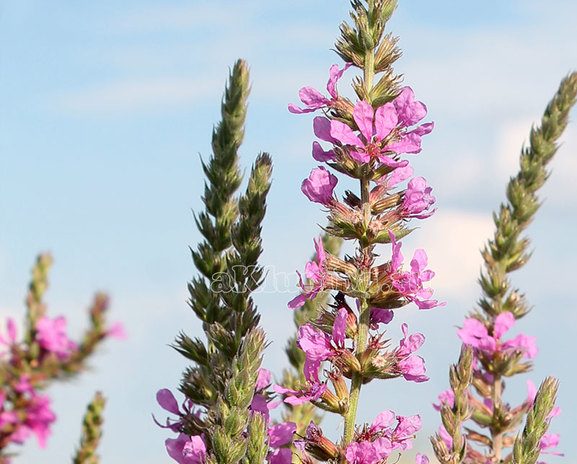
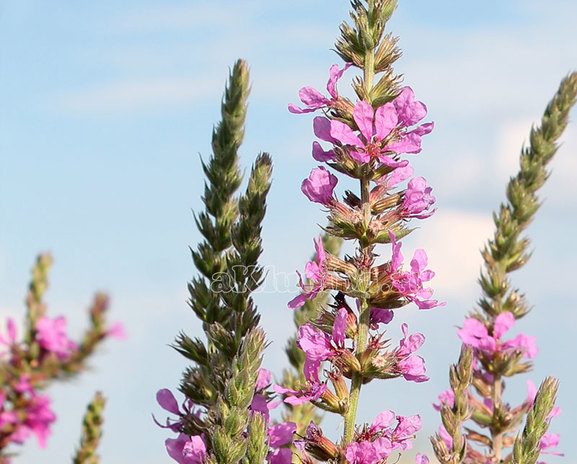
The looser needs minimal care. He loves rich acidic soils, while not picky about their density. Young plants should be freed from weeds, the soil should be periodically loosened. Before flowering, the loosestrife should be fed with mineral fertilizers. One top dressing over the summer is enough for him.
After the growing season in autumn or spring, dead shoots are cut off. In the spring, when the shoots grow back, they should be shortened to a length of 15-20 cm, as a result, lateral buds will begin to grow and the plant will form a lush “crown”. With proper care, sufficient soil richness and lighting, the loosestrife will delight the eye with its flowering for a long time.
Natural enemies of plakun-grass are aphids. The fight against aphids can be carried out both by folk methods and by chemical reagents. When using insecticides, wait at least 14 days before collecting raw materials for medicinal purposes.
Willow loosestrife is an unpretentious perennial plant. Caring for it will not be difficult, while it has a high decorative effect, long flowering and will become a real decoration of the site.
Read about all spring flowers here.
Derbennik ivolistny photo gallery
- Petunia is the most unpretentious flower
- Sedum – planting and leaving
- Terry petunia – decorate the garden with bright buds
- Iris flowers are the best flower bed decoration
- Rejuvenated – a stone rose
- Cineraria – smoky beauty
- Fragrant tobacco – fragrant flower beds
- Muscari – early flowers
- We decorate the flowerbed with decorative bow “Allium”
- Buttercups garden – planting and care
- Early spring flowers in the garden
- Perennial flowers for the garden
The use of willow loosestrife
The willow loosestrife can be used in various fields. It is suitable for preparing medicinal compositions and decorating flower beds.
In folk medicine
The plant is actively used in folk medicine. The product has antiseptic properties, stops bleeding, heals wounds. A decoction of the roots of the culture is used for pathologies of the upper respiratory tract. It helps relieve cramps and migraines. Also, the composition relieves inflammation and has a calming effect.
Rules for pruning willow leaves
Plant pruning should be done continuously. Often for all plants, pruning is standard, it is one and is called sanitary. In this case, the so-called ground units are removed, that is, those that remained from last year. The loosestrife should be pruned in the fall.
Trimming can also be formative and is done based on what composition you are using and what shape you are trying to create. This pruning process is most advisable in the summer. Before the seeds begin to ripen, it is important to cut off those flower stalks that have already finished their flowering.
Willow loosestrife can perfectly self-seeding, due to which it belongs to aggressive plants. Seeds from it can perfectly take root and germinate quickly. Therefore, if you do not want to eliminate this plant throughout the garden, the cut of inflorescences must be carried out in time, until the seeds are scattered throughout the territory.
Popular: Planting and blooming of elongated galtonia hyacinth bulbs
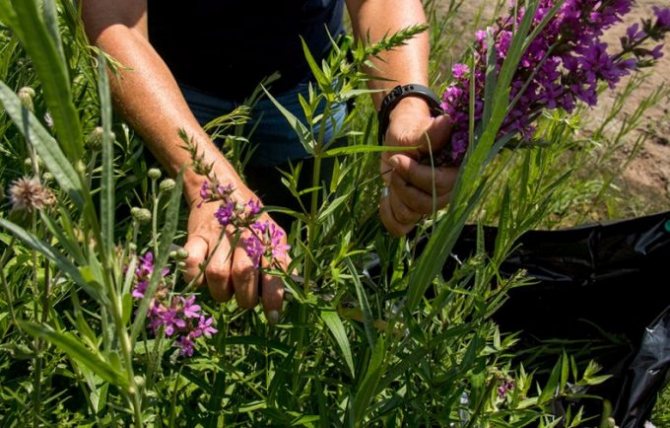

Pests and diseases
Pests and diseases are capable of infecting any plant and the loosestrife is no exception in this case. If this culture grows on the territory of your garden, then it is affected by aphids. It gets on a densely overgrown loosestrife from neighboring plants. For this reason, in order to prevent this insect from infesting the loosestrife, you need to often monitor your bush. If the aphid has already settled on the crop, then insecticides must be applied immediately.
Application in folk medicine
Planting and caring for willow loosestrife (pictured) is beneficial not only because it is an ornamental plant, but also because the funds from it can be used to treat and prevent diseases.
Gruel from leaves and fresh rhizomes is applied to the wounds to stop bleeding. Decoctions and tinctures will help with inflammation of the digestive tract and upper respiratory tract of a chronic nature, as well as with nervous diseases, epilepsy, as an antidote for insect and snake bites. The broth is also used externally – they take baths with it, make compresses and rinses for skin diseases, including purulent ones. Alcohol tincture is used for pain in the head and stomach, for colds, rheumatism and toxicosis.

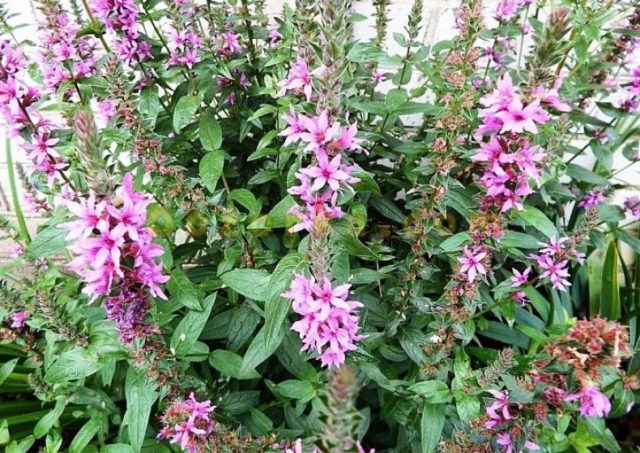
The leaves and flowers of the willow bush are used to treat a wide variety of diseases.
Recipes
The description of the preparation of products based on loosestrife will help to make them at home. This will require fresh or dry grass, flowers, and roots.
decoction
For 100 ml of water, take 2 tsp. dry herbs, steamed it in a water bath for 30-45 minutes. Then keep wrapped up for another 20 minutes. Drink 0,5 cups three times a day.
Infusion
It is prepared from 1 tbsp. warm water and 1 tbsp. l. fresh or dry raw materials. Insist for at least 6 hours.
Tincture
It is prepared from 50 g of raw materials and 0,5 liters of vodka. Insist on the remedy for 10 days. Drink 40 drops 3 times a day.
Tea
Loosestrife tea is prepared by brewing 1 tbsp of boiling water in one glass. l. leaves and flowers. Insist 0,5 hours and drink a quarter of a glass 30 minutes before eating.
Application rules
For the treatment of diseases of the internal organs, freshly prepared decoctions and infusions are drunk, they can be stored in the refrigerator for 3 days, and heated to a comfortable temperature before use. Tea should be prepared for 1 time, drunk fresh. The rubbing alcohol tincture should also be kept in the refrigerator. Apply 1-2 times a day.
